Military satellites play a crucial role in modern warfare. It’s impossible to imagine successful operations on the battlefield without them.
While military satellites aren’t weapons per se, they remain indispensable for reconnaissance and tracking combat units in the field. In today’s world, military satellites play a key role in warfare, offering a variety of capabilities—from communication and surveillance to navigation and early warning systems.
The significant development of anti-satellite systems in recent times is the foremost confirmation of the immense potential of military satellites. This includes various types of tools—from missiles that target objects in orbit to specialized satellites capable of directly attacking other satellites, jamming them using onboard lasers, or employing traditional radio frequency interference. All of this is aimed at maximizing enemy disorientation.
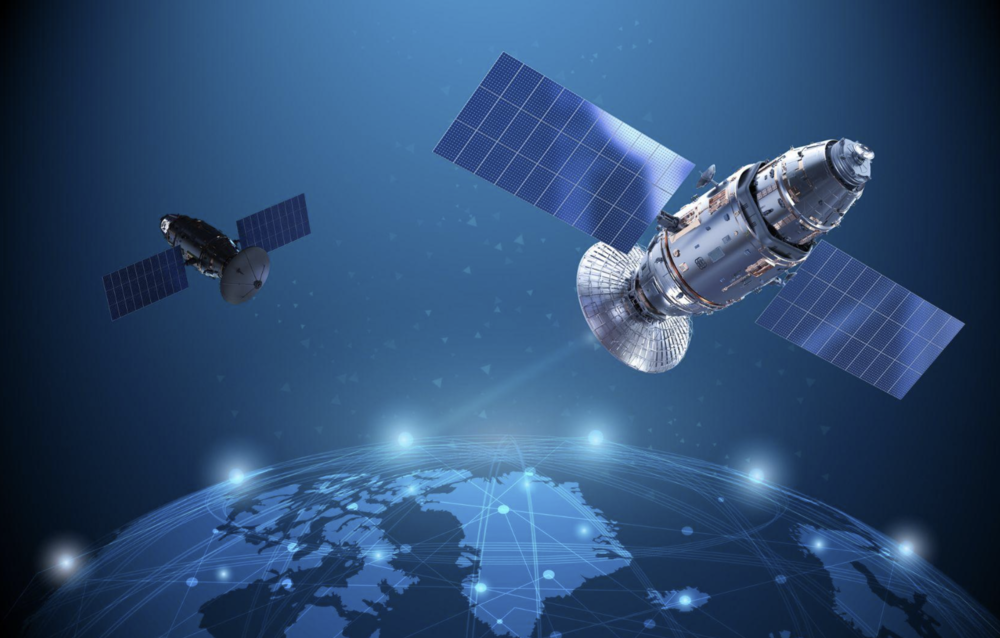
This is not an exaggeration because satellites are currently a vital element of reconnaissance. Satellite imagery is typically invaluable, and the localization capabilities they provide ensure that modern rockets, bombs, and combat vehicles precisely “know” the location of their targets on the Earth’s surface.
Read also: Weapons of Ukrainian Victory: Long-range AASM Hammer bombs
Why are military satellites needed?
Military satellites play a critically important role in modern military operations with numerous functions:
- Reconnaissance and surveillance operations: Satellites are capable of gathering intelligence from the Earth’s surface, including high-resolution imagery, radar data, and other information.
- Navigation: They provide navigation support for military pilots and vehicles to accurately determine their position on the map and routes.
- Communication: Satellites facilitate communication between military units that may be in different parts of the world. This enables the swift exchange of information and coordination of actions.
- Fire support: Satellites can assist in fire support by using precision navigation and reconnaissance data.
- Monitoring compliance with international agreements: Satellites can track the movements of troops, ships, and aircraft in real-time, allowing for monitoring compliance with international agreements and avoiding conflicts.
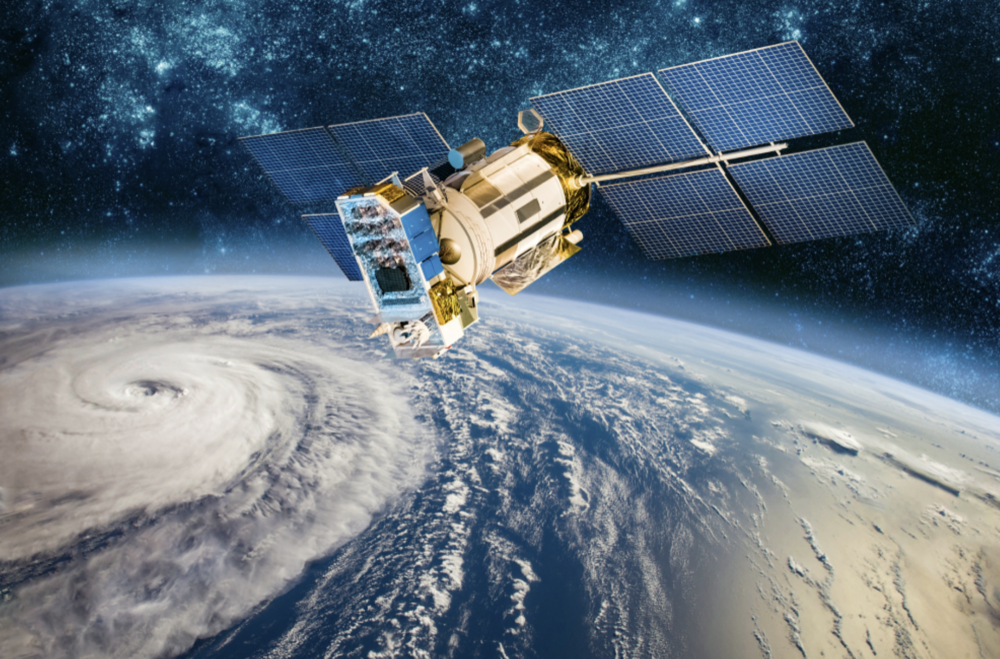
Overall, satellites are a crucial element of military strategy, providing essential data and support for military operations on land, sea, and air.
So today, let’s talk about the most powerful military satellites.
Read also: Weapons of Ukrainian victory: Storm Shadow / SCALP-EG cruise missiles
GPS Block IIIA, USA
Military experts are confident that without them, namely the American GPS Block IIIA satellites, the world would look different.
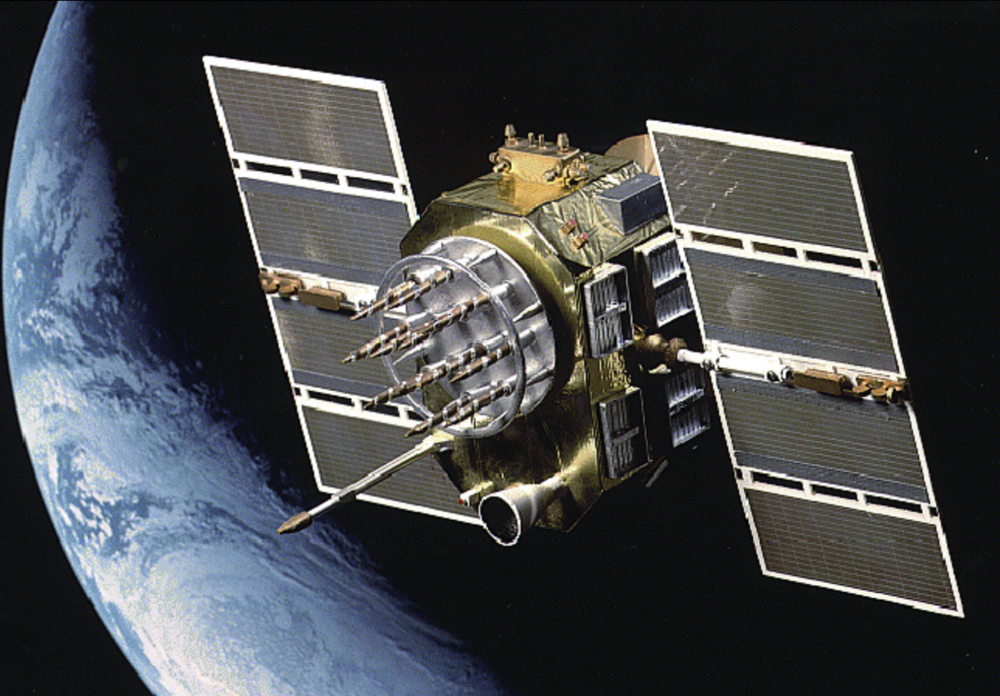 The GPS Block IIIA satellites are the first batch of the GPS III constellation, which will eventually replace older GPS satellites. They are part of the United States’ Global Positioning System (GPS), providing advanced navigation capabilities essential for military operations. They offer increased accuracy, improved jamming resistance, and extended lifespan, providing reliable location data for military assets worldwide.
The GPS Block IIIA satellites are the first batch of the GPS III constellation, which will eventually replace older GPS satellites. They are part of the United States’ Global Positioning System (GPS), providing advanced navigation capabilities essential for military operations. They offer increased accuracy, improved jamming resistance, and extended lifespan, providing reliable location data for military assets worldwide.
The GPS Block IIIA strengthens the United States’ leadership in space navigation, achieving the stated presidential goal of establishing GPS as a global standard. This system supports the Federal Radionavigation Plan and will be fully compatible with all current global radionavigation systems. The GPS Block IIIA system also includes a nuclear detonation detection system (NDS) and provides a potential platform for supporting additional synergistic beneficial payloads and services. The U.S. government intends to use an evolutionary development approach, which involves the use of modular open-system architecture, standard interfaces and protocols, and continuous technology updates to gradually enhance the system’s capabilities with low risk of GPS service interruption.
The first GPS Block IIIA satellite was launched in 2018, and the fifth and final one in 2020.
Read also: Weapons of Ukrainian Victory: The SAMP/T Anti-Aircraft Missile Complex
Lacrosse/Onyx, USA
The Lacrosse/Onyx satellites, also known as Enhanced Crystal satellites, are a series of reconnaissance imaging radar satellites operated by the United States. They utilize synthetic aperture radar (SAR) technology to create high-resolution images regardless of weather conditions or time of day, making them crucial for reconnaissance and surveillance gathering.
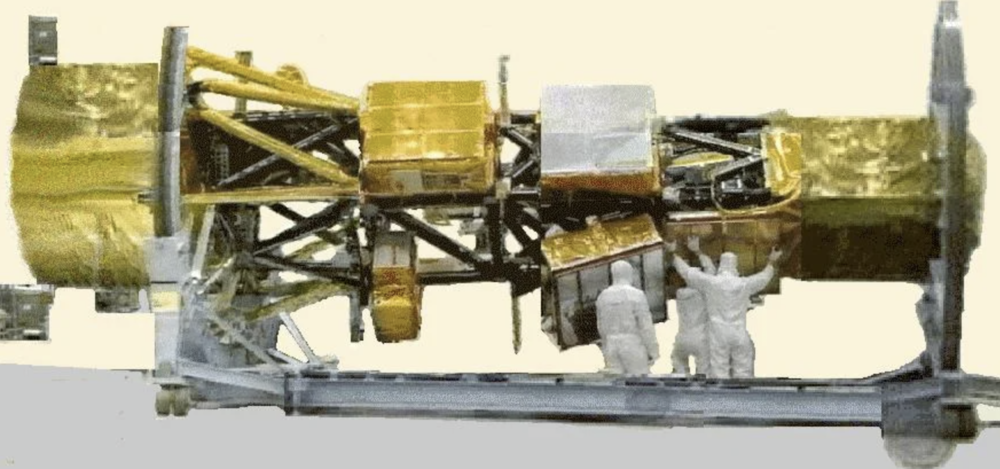
Lacrosse/Onyx is capable of penetrating cloud cover and has some capability to penetrate the ground, although more powerful instruments are used in space for this specific purpose. It is anticipated that in the early versions, the Tracking and Data Relay Satellite System (TDRSS) was used to transmit images to the ground station in White Sands, New Mexico. There are indications that other relay satellites may now be available for use with Lacrosse. The name Lacrosse is used to denote all variants, while Onyx is sometimes used to designate three new units.
The first Lacrosse/Onyx satellite was launched in 1988, and the last one in 2005.
Read also: Weapons of Ukrainian Victory: NASAMS air defense that protects Washington
Cosmos-2450, Russia
Cosmos-2450 is part of the Strela-3M/Rodnik cluster, which consists of small satellites capable of storing and transmitting messages and data. It is intended for observation and communication, thus playing an important role in Russian space and ground reconnaissance, enhancing the situational awareness of its military forces.
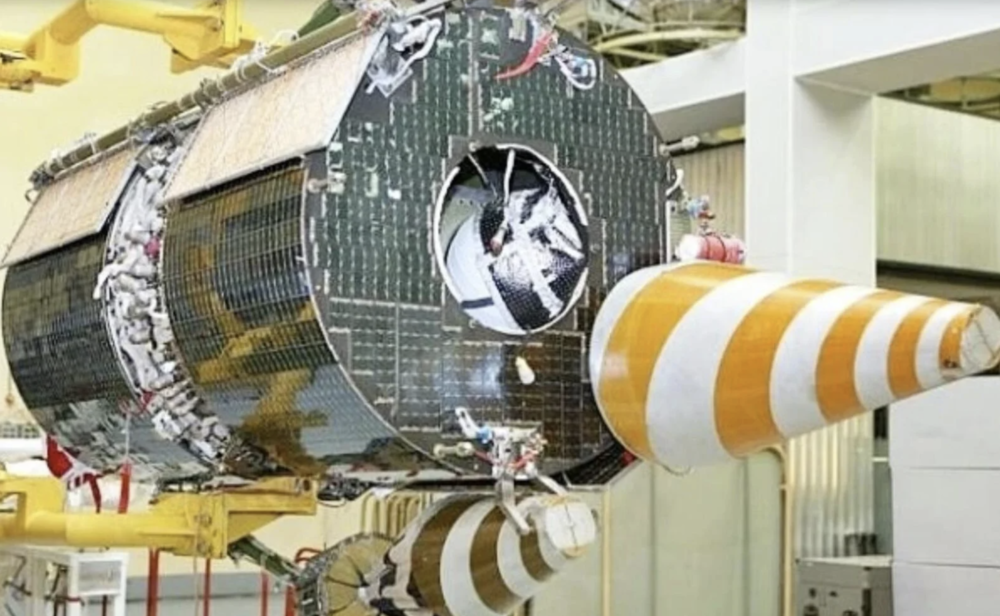
Cosmos-2450 is a classified military satellite believed to be a spy satellite with a high-resolution optical camera. Analysts consider it to be a Kobalt-class satellite with detachable film canisters capable of returning images to Earth during missions lasting several months at least. The project is highly classified.
Cosmos-2450 was launched in 2007 along with two other satellites of the same type.
Read also: Weapons of Ukrainian Victory: ATACMS missiles for HIMARS and MLRS
BeiDou, China
The Chinese BeiDou Navigation Satellite System, also known as the Compass system or BDS, serves as an alternative to the American GPS. It consists of three types of satellites positioned in three different orbits (GEO, IGSO, and MEO). These satellites provide positioning, navigation, and timing services to the Chinese armed forces, significantly enhancing their operational effectiveness and independence from foreign systems.
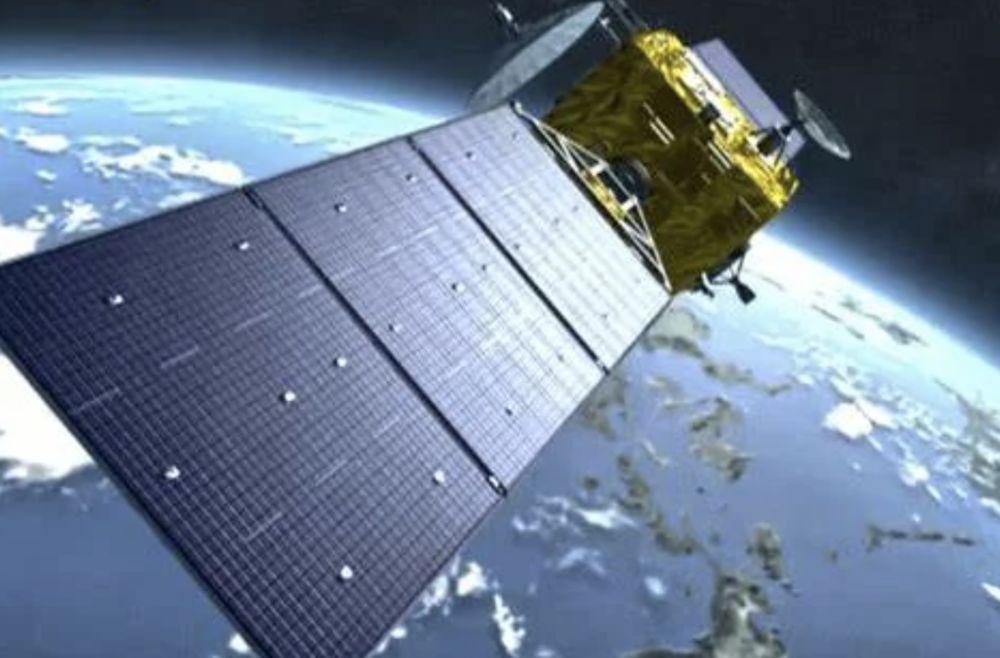
Протягом майже півстоліття глобальна система позиціонування (GPS) Сполучених Штатів була беззаперечним золотим стандартом для глобальних навігаційних супутникових систем (GNSS). Тепер у неї є гідний конкурент: BeiDou.
On February 23, 2024, the People’s Republic of China (PRC) successfully launched an experimental telecommunications satellite into orbit using the Long March 5 carrier rocket. In November 2023, the International Civil Aviation Organization recognized BeiDou as meeting the criteria to be accepted as a navigation system for global civil aviation. However, the main task of this navigation system is to provide surveillance from space for the Chinese armed forces.
The BeiDou system became fully operational in 2020 when a total of 35 satellites from this system orbited above our heads.
Read also: Weapons of Ukrainian Victory: Iris-T SLM for Ukraine from Germany
Skynet satellites, UK
Skynet satellites, operated by Airbus Defense and Space on behalf of the UK Ministry of Defence, provide secure and reliable communication services to the UK armed forces. They utilize X-band and UHF frequencies to deliver communication services and are of significant importance for global military communication, supporting various operations and missions.
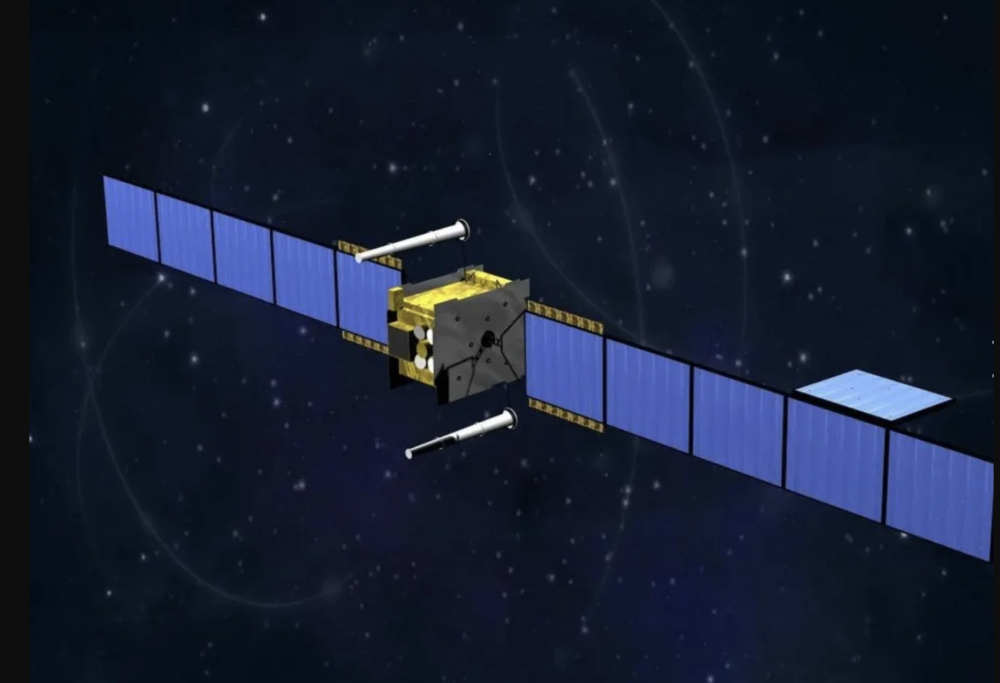
The Skynet satellite constellation has become the most expensive British space initiative, costing taxpayers £3.6 billion.
The satellite is equipped with four transponders, which will be directed to regions where British military operations are conducted. Additionally, the military satellite has all the necessary components for military systems, including jamming systems, encryption systems, communication systems, and more. Moreover, the new satellite features special radio filters that allow for selective data reception.
The latest Skynet 5B satellite is also equipped with a system that counters laser jamming technology. Military sources report that for enhanced reliability, the satellite features a series of physical protective systems designed to minimize the impact of potential collisions with space debris.
This is the oldest satellite system in the world. The first Skynet satellite was launched in 1969, and the most recent, Skynet 5D, in 2012.
Read also: Weapons of Ukrainian Victory: the French Caesar self-propelled howitzer
Syracuse, France
The Syracuse satellite system, developed by France, is designed for secure military communications. These satellites were specifically designed to support France’s nuclear deterrence forces, providing uninterrupted and secure communication in critical situations. The Syracuse satellite system uses specific frequencies to provide communication services and is operated by the French Armed Forces.
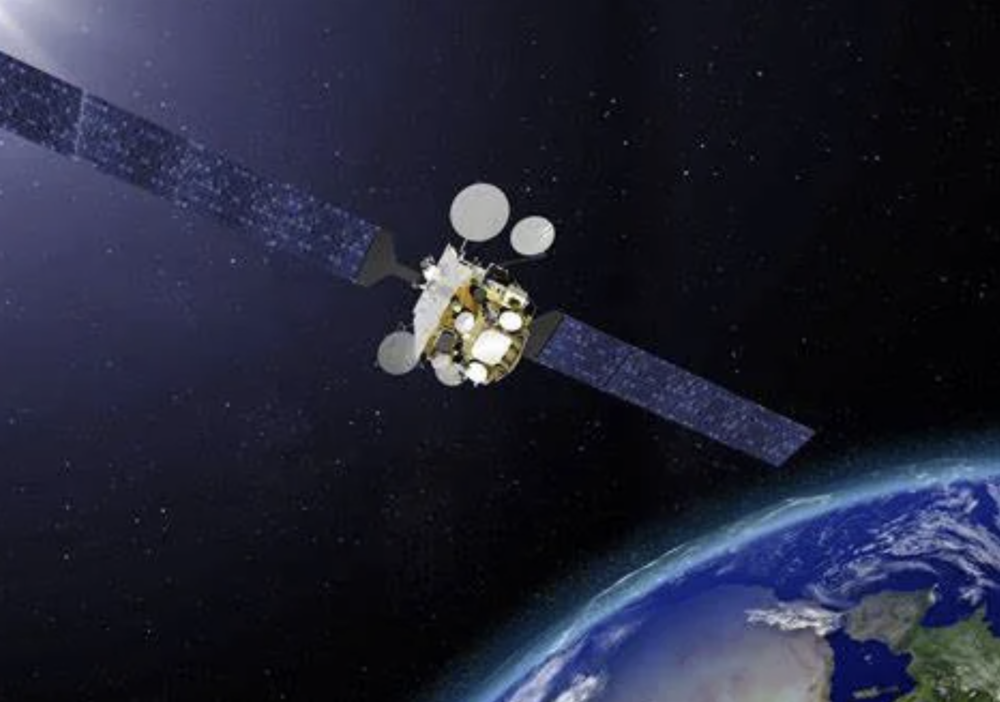
Observation, signals intelligence, situational awareness, and, of course, secure communication in key theaters of military operations are of vital importance for national autonomy and freedom of action. The Syracuse satellite system excels in all these areas. Developers at Airbus have always emphasized their pride in being a reliable partner to the French Armed Forces.
The satellites employ critically important technologies such as anti-jamming protection to ensure service continuity and resilience, cybersecurity technologies, and data encryption.
The first satellite of the Syracuse system was launched in 1984, and the latest one, Syracuse 3B, in 2006.
Read also: Weapons of Ukrainian victory: GLSDB ground-launched bomb review
“Raduga”, Russia
The “Raduga” satellites, also known as “Globus” or “Harpoon,” are part of the Russian military communication network. They use dual-band frequencies to provide communication services and are crucial for supporting high-frequency communication between Russian military units, enhancing command and control capabilities.
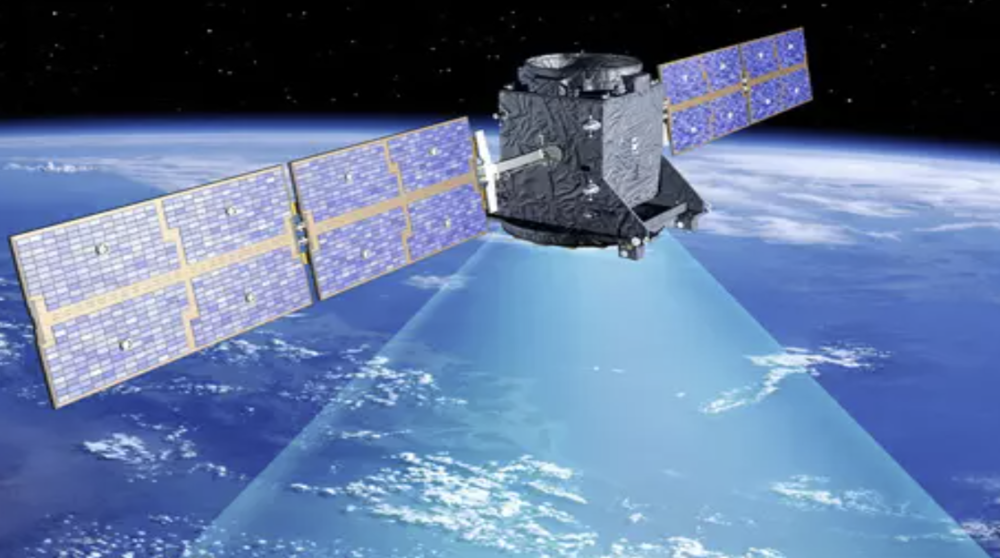
This global tracking and communication system is one of the oldest systems used by the Soviet military. Many experts argue that the satellites of the “Raduga” system are not effective in modern warfare, often leaving Russian forces “blind” on the battlefield.
The first satellite of the “Raduga” system was launched in 1975, and the latest “Raduga-1M 4” in 2019.
Read also: Weapons of Ukrainian victory: Skynex anti-aircraft artillery systems from Rheinmetall
AEHF, USA
The Advanced Extremely High Frequency (AEHF) satellites are operated by the United States Space Force and provide global, secure, protected, and resilient communication for the armed forces of the United States. They utilize very high-frequency (VHF) and extremely low-frequency (ELF) bands to deliver communication services necessary for supporting communication in both nuclear and non-nuclear environments.
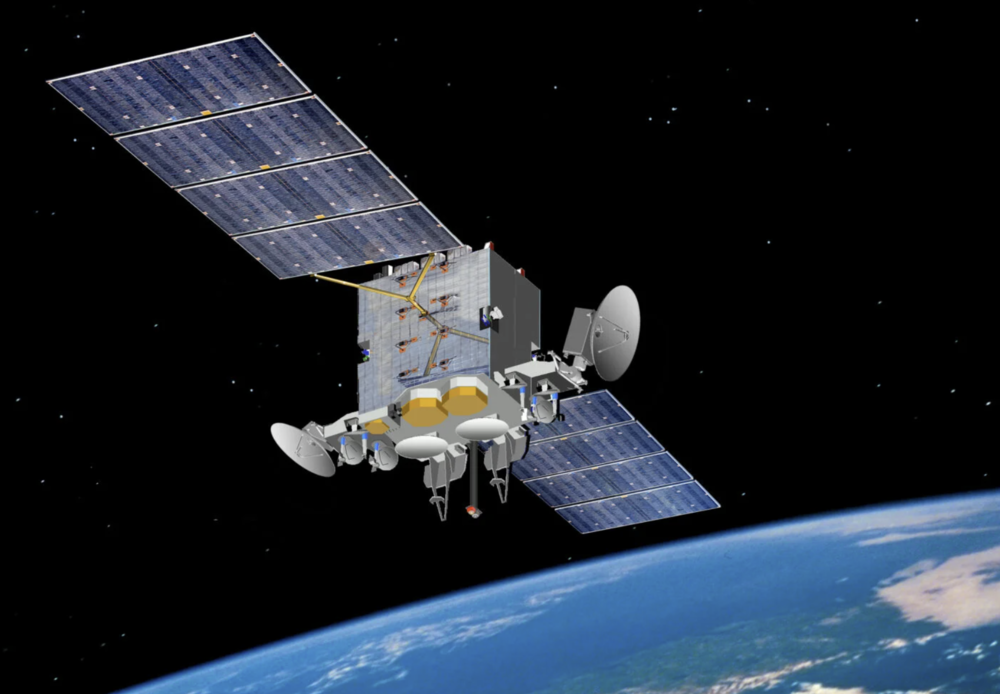
The AEHF is part of the Protected Satellite Communications (SATCOM) constellation, a branch of military satellite communication systems. It is operated by the United States Space Force Space Operations Command. The primary function of AEHF satellites in geostationary orbit is to provide secure, survivable, and nearly worldwide satellite communication. They also support military communication and jointly serve the armed forces of the United States and international partners, including the Netherlands, the United Kingdom, and Canada. More resilient to interference, secure, survivable, and protected, these satellites offer global communication for maritime, terrestrial, and aerial forces.
The first AEHF satellite was launched in 2010, and the sixth and final one in 2020.
Read also: Weapons of Ukrainian Victory: Sonobot 5 surface drones
Yaogan, China
Yaogan satellites are indeed considered spy satellites launched into orbit by China. The Yaogan series, believed to be used by the Chinese military, is designed for reconnaissance purposes. They utilize various types of equipment (optical, radar, and infrared) to perform reconnaissance tasks and enhance China’s capabilities for battlefield observation and informing their combat units.
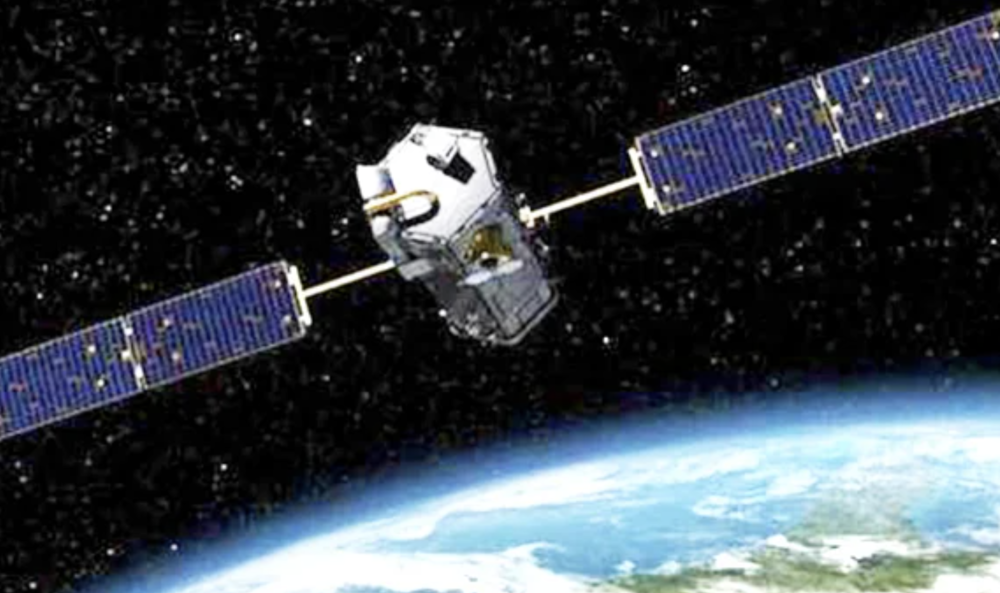
The United States is indeed concerned about Chinese reconnaissance satellites, and for good reason. When combined with data from other Chinese observation satellites, Yaogan satellites can provide China with an unprecedented ability to identify and track objects the size of a car throughout the Indo-Pacific region, posing a threat to numerous U.S. and allied military maritime and aerial assets operating in the region.
The first satellite in the Yaogan series was launched in 2006, and the latest Yaogan 34 was launched in 2021.
Read also: Weapons of Ukrainian Victory: Turkish High-Precision TRLG-230 Missiles
TerraSAR-X, Germany
TerraSAR-X, a German radar satellite, provides high-quality images for both military and civilian applications. It utilizes X-band synthetic aperture radar (SAR) technology to create high-resolution images and can generate detailed terrain images regardless of weather conditions. This makes it invaluable for strategic planning and reconnaissance.
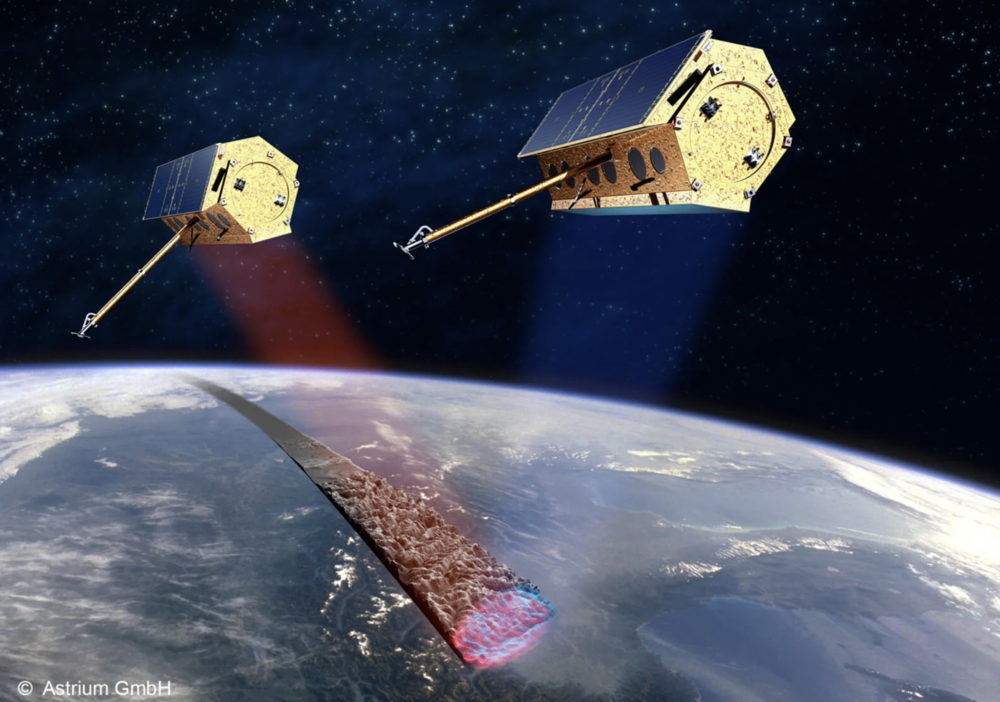
TerraSAR-X is a radar satellite with a resolution of 1 meter, providing Earth observation data to scientific, institutional, and commercial users.
TerraSAR-X is the first satellite realized through a public-private partnership in Germany, as EADS Astrium GmbH and the German Aerospace Center (DLR) share the costs of building and deploying the satellite. It is operated by the German Aerospace Center (DLR) and Airbus Defense and Space and has a twin satellite, TanDEM-X, launched in 2010.
Read also: Russian chemical weapons: Threats and possible consequences
Military satellites of different countries play very similar roles
Space is becoming increasingly open, and every country wants to have its own exclusive satellites in orbit. This is not surprising, as they have become integral elements of modern defense strategies, providing technological advantages in various aspects of warfare, from communication to intelligence gathering. Undoubtedly, with the development of space technology, the role and influence of military satellites in defense scenarios will continue to grow, shaping the future landscape of warfare.
Satellite technology enables the acquisition of highly precise information about the location of troops, infrastructure objects, as well as weather conditions, allowing for informed decision-making in military operations.
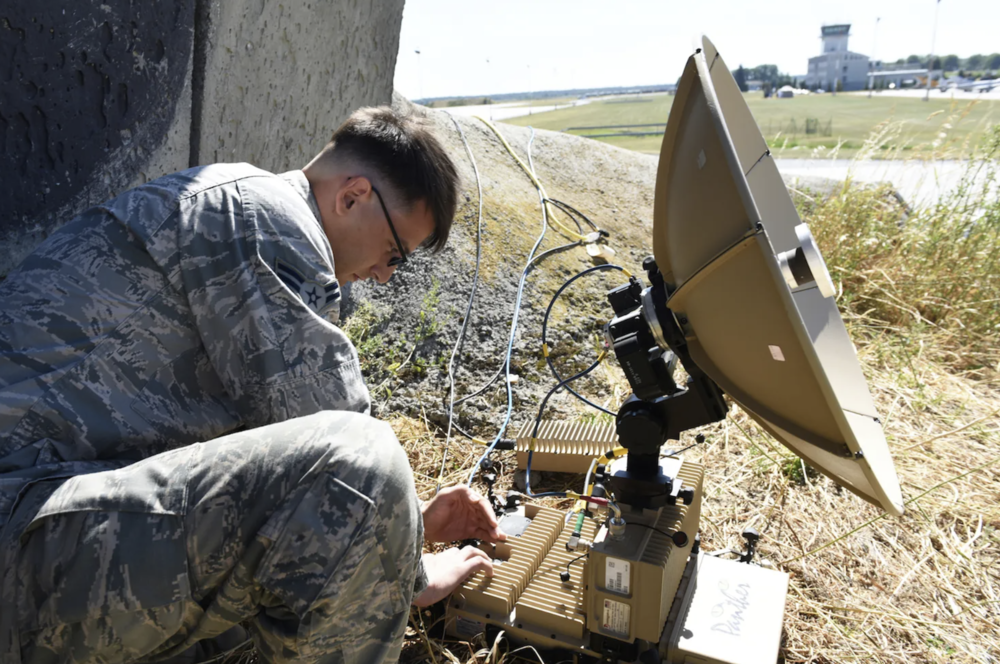
Satellites provide the capability for continuous monitoring of any point on Earth, enabling control and response to events in any part of the world in real-time.
Military satellites assist in collecting and analyzing vast amounts of geospatial information, facilitating strategic military operation planning and aiding in predicting potential threats. They are used for monitoring and controlling the deployment of enemy forces and weapons, as well as detecting ballistic missile launches.
Military satellites play a crucial role in modern military operations by providing reliable information, communication, and strategic planning. They are an integral part of the interaction between military formations at various stages of combat operations. It is now impossible to imagine a successful operation in today’s reality without satellites.
Read also:
- Weapons of Ukrainian Victory: German Gepard Self-Propelled AA Gun
- Weapons of Ukrainian Victory: Aspide Anti-Aircraft Missile System
- Weapons of Ukrainian Victory: M2 Bradley Infantry Fighting Vehicle


